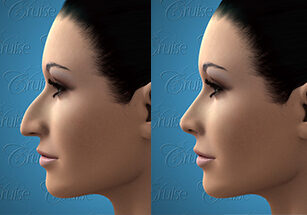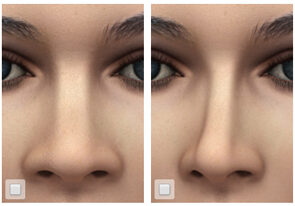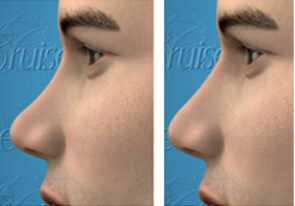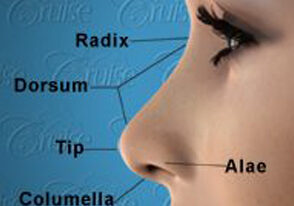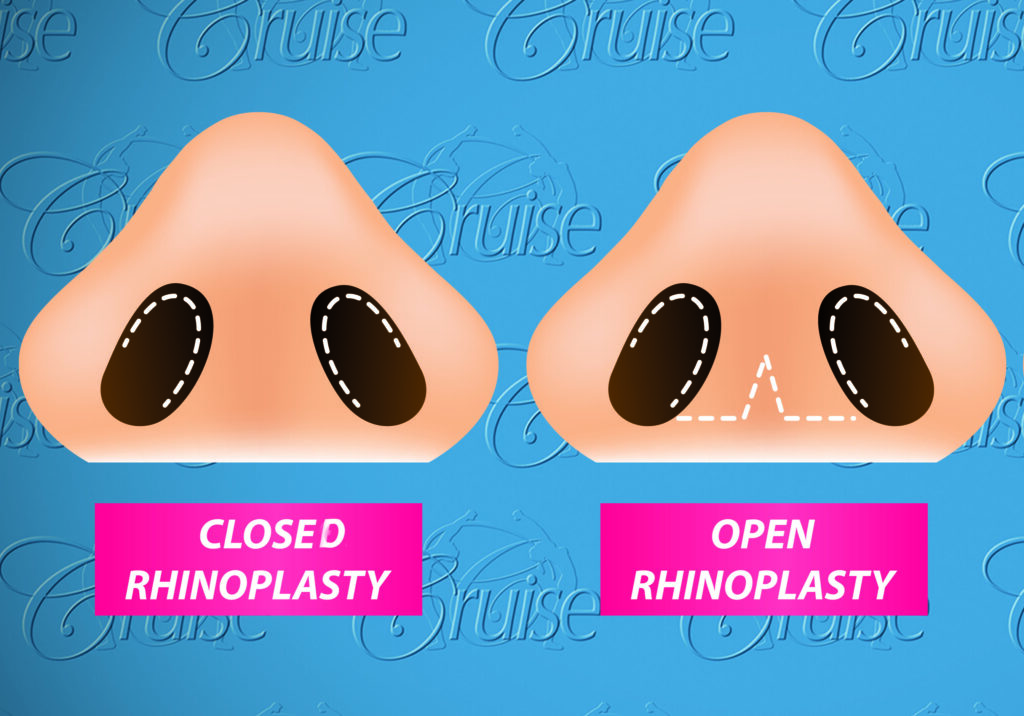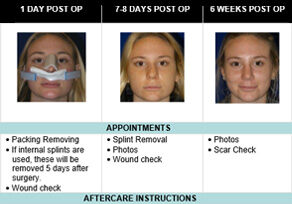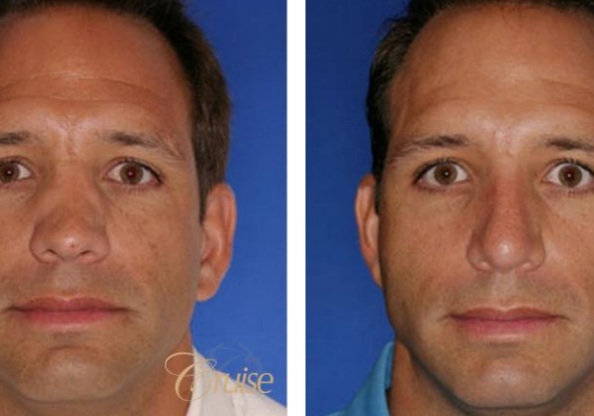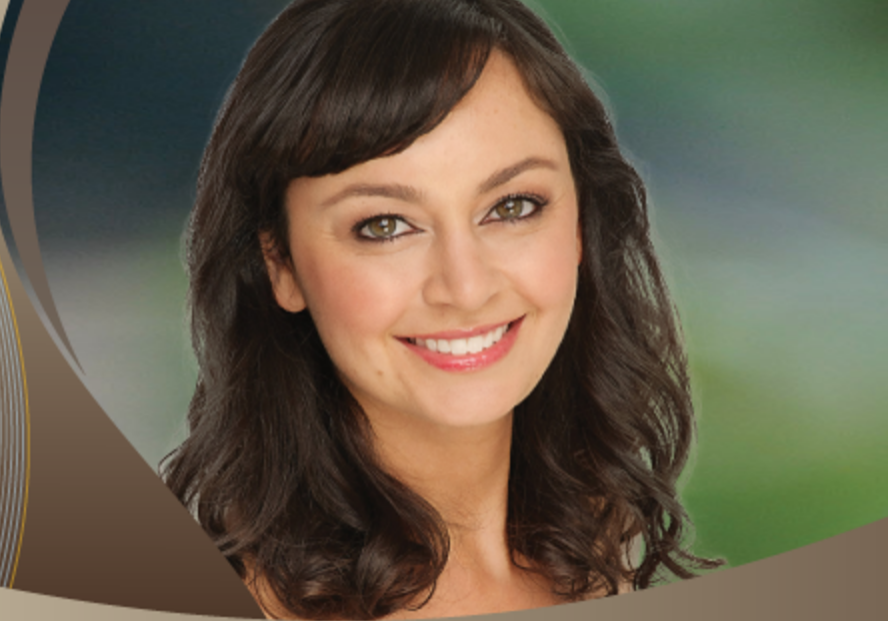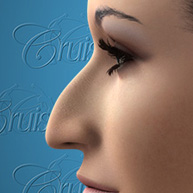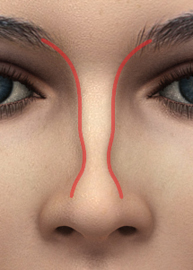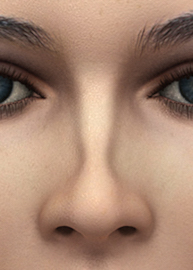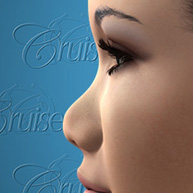Nose Surgery
Excellence in Orange County Rhinoplasty
- Dorsum: straight or sloped
- Tip: shortened, elevated, narrowed
- Nostrils: narrowed, less flared
- Radix: highest point, at pupil level
- Dorsum: bridge of the nose
- Tip: end of the nose
- Columella & Alae: column between nostrils & outer nostril
- Technique: Open or closed
- Incision Placement: outside or inside the nose
- Correction: hump, droopy tip, wide nose, deviated septum
- Outline of the surgical timeline including information at every stage of the healing process
Definition
Characteristics
Common Complaints
- Large hump
- Wide nostrils
- Wide nose
- Crooked nose
- Pinched nose
- Droopy tip
- Upward projecting tip
- Short or stumpy nose
- Breathing issues
Examples of noses before and after surgery

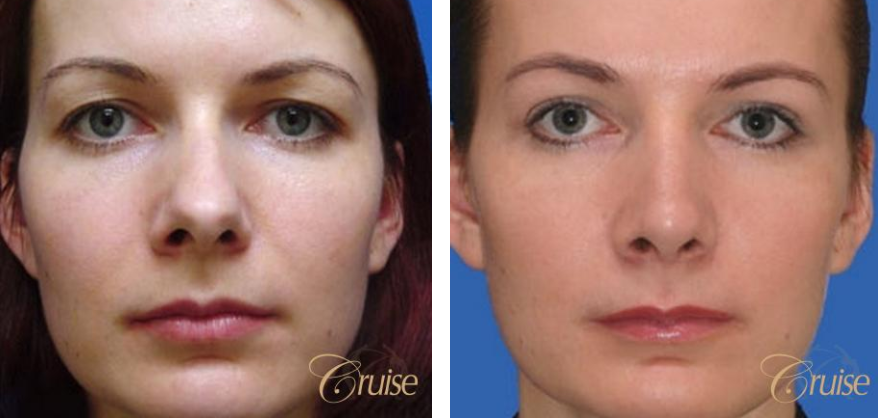
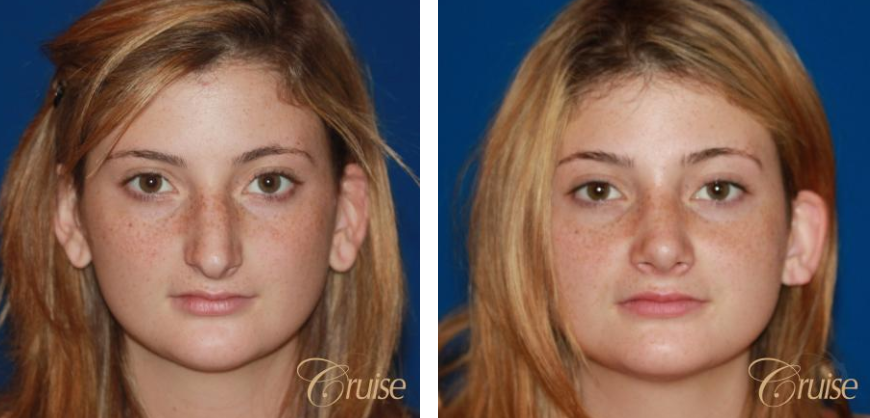


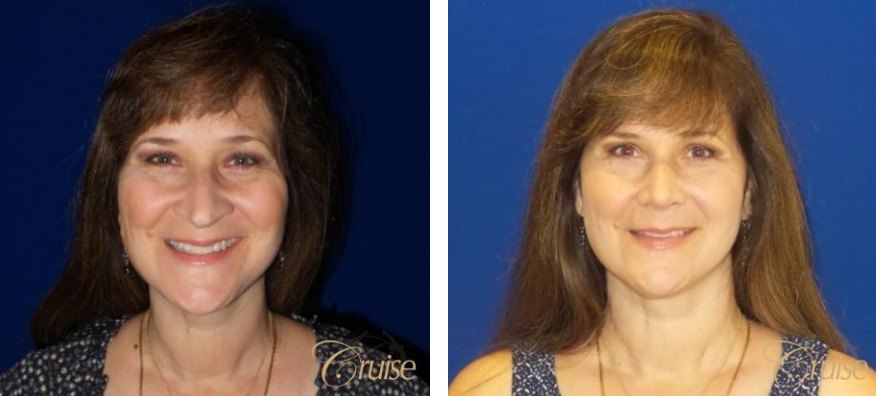
Surgery Information
- Anesthesia: General
- Facility: Accredited outpatient surgical facility
- Recovery: Back to work 5-7 days, longer if job is strenuous or requires physical activity
- Cost: View Pricing
- Check
- All major credit cards
- Cash
- Financing: Prosper Lending, Care Credit, Alphaeon Credit
Rhinoplasty Specialist, Dr. Joseph Cruise
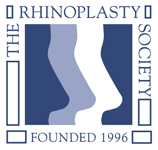 Dr. Joseph T. Cruise specializes in rhinoplasty surgery. He is also a member of The Rhinoplasty Society (a very exclusive society of surgeons who specialize in nose surgery throughout the world). He has been dedicated exclusively to plastic surgery in Orange County for over 12 years. Joseph T Cruise, MD and the staff at his Newport Beach office have provided the information found in throughout the Rhinoplasty section as one of the most comprehensive resources for anyone interested in learning how nose surgery can help them achieve their desired look. Cruise Plastic Surgery has also provided a large gallery of before and after photos, so patients can see what type of results can be expected.
Dr. Joseph T. Cruise specializes in rhinoplasty surgery. He is also a member of The Rhinoplasty Society (a very exclusive society of surgeons who specialize in nose surgery throughout the world). He has been dedicated exclusively to plastic surgery in Orange County for over 12 years. Joseph T Cruise, MD and the staff at his Newport Beach office have provided the information found in throughout the Rhinoplasty section as one of the most comprehensive resources for anyone interested in learning how nose surgery can help them achieve their desired look. Cruise Plastic Surgery has also provided a large gallery of before and after photos, so patients can see what type of results can be expected.
Rhinoplasty Overview
Candidates for Rhinoplasty
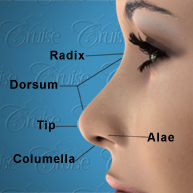 There are people, however, that respond less favorably to rhinoplasty than others. Nasal tips with thick, oily skin are more difficult than those with thin skin. This is because thick skin is less likely to show changes in the underlying nose as readily as thin skin. Thick skin is much less capable of adapting to a new shape. Dr, Cruise will evaluate your skin and tell you what you can expect from rhinoplasty. Summarized below is a brief list of issues that can be corrected by nose surgery:
There are people, however, that respond less favorably to rhinoplasty than others. Nasal tips with thick, oily skin are more difficult than those with thin skin. This is because thick skin is less likely to show changes in the underlying nose as readily as thin skin. Thick skin is much less capable of adapting to a new shape. Dr, Cruise will evaluate your skin and tell you what you can expect from rhinoplasty. Summarized below is a brief list of issues that can be corrected by nose surgery:
- Large dorsal hump.
- Wide nose out of proportion to the face.
- Deviated or crooked nose.
- Wide, flaring nostrils.
- Bulbous tip.
- Boxy tip.
- Irregular contour of nose.
- Nose that is over or under projected.
- Nose that is too long or too short.
- Difficulty breathing caused by airway obstruction within the nose.
Hump Reduction
Hump Reduction: Many people request a nose surgery that will remove, or lessen, the “hump” across the bridge of their nose. During a consultation in his Orange County office, Joseph T Cruise, MD will digitally modify your nasal profile to show you what sort of hump reduction might be possible, and how it changes the proportion of the entire face.
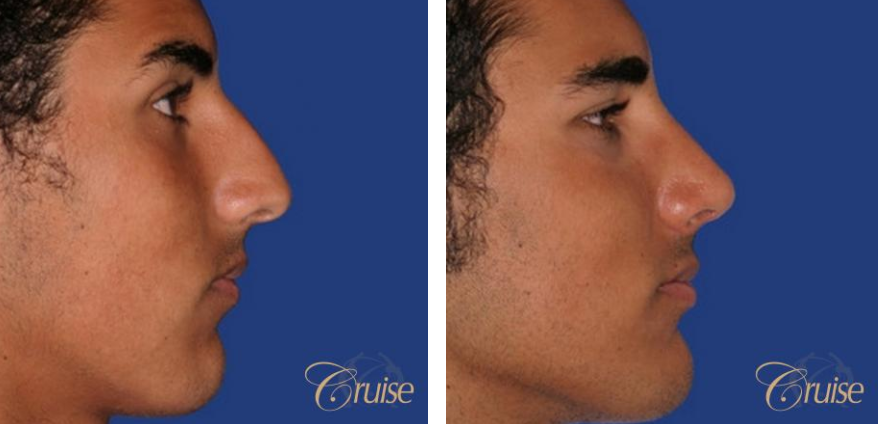
Droopy Tip
Droopy Tip: Some people have an elongated tip at the end of their nose that plunges farther down towards the lips, especially when smiling. Correction of this “droopy tip” is another common rhinoplasty request. Joseph T Cruise, MD is especially adept at shortening the nose and rotating the tip upward to correct this common concern.
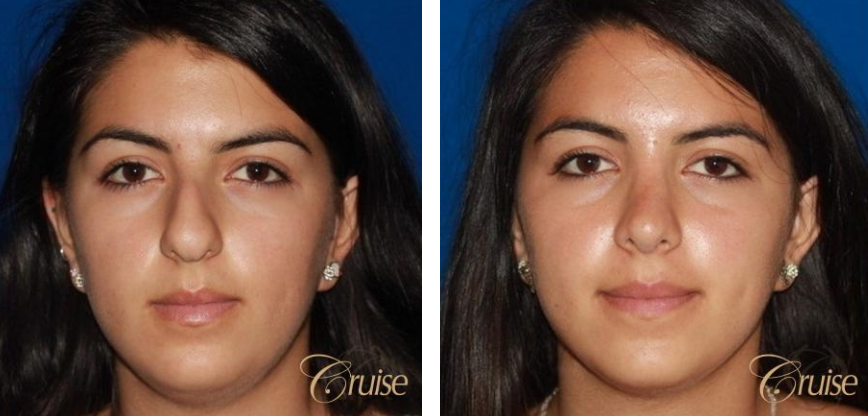
Tip Definition
Tip Definition: A thin, proportional nose is the ideal shape, and many people ask Joseph T Cruise, MD to change the shape of their nose’s tip in order to reach this ideal. Shaping cartilage to correct bulbous or boxy nose tip creates a more elegant, refined shape to the nose and face.
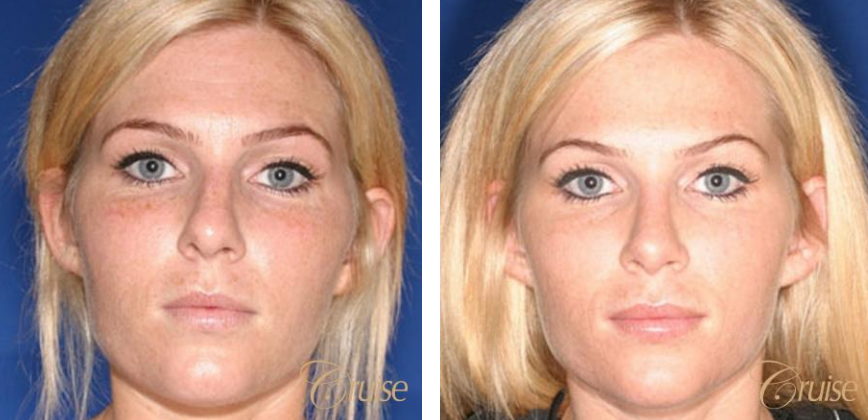
Narrowing the Nose
Narrowing the Nose: Many nose surgery patients are interested in how they can bring more overall definition to their face by narrowing their nose. Joseph T Cruise, MD performs rhinoplasty that can narrow the nose bridge, the nostrils, or both.



What Do You Want to Change?
 Look in a mirror and identify what bothers you. Be specific. It is helpful to break up the nose into four parts. 1) Dorsum 2) Tip 3) Alae 4) Airway obstruction. Evaluate each one of these areas individually as this is what the plastic surgeon does in his exam.
Look in a mirror and identify what bothers you. Be specific. It is helpful to break up the nose into four parts. 1) Dorsum 2) Tip 3) Alae 4) Airway obstruction. Evaluate each one of these areas individually as this is what the plastic surgeon does in his exam.
Common complaints
Patient Testimonial -
Nose Anatomy Overview
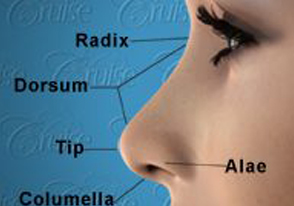

Joseph T Cruise, MD will work with you to determine the best surgical plan to obtain your desired result. He will take into consideration the “Look You Have” and the “Look You Want,” along with a physical examination of the exterior and interior of your nose.
Rhinoplasty Techniques
 Most doctors perform rhinoplasty in two different types of procedures: a “closed” technique and an “open” technique. Joseph T Cruise, MD has experience working with both of these approaches, but he also performs a highly-specialized combination of the two known as the “delivery” technique. Each nose surgery technique has its own advantage, depending on the results the patient wants.
Most doctors perform rhinoplasty in two different types of procedures: a “closed” technique and an “open” technique. Joseph T Cruise, MD has experience working with both of these approaches, but he also performs a highly-specialized combination of the two known as the “delivery” technique. Each nose surgery technique has its own advantage, depending on the results the patient wants.
When the patient’s major concerns are with the nasal tip, Joseph T Cruise, MD finds it beneficial to use the open technique. A thin incision is made along the skin between the nostrils, which normally heal without a visible scar. With this technique, a patient can have more extensive rhinoplasty work done on the tip of their nose, and achieve better tip definition and narrowness.
Dorsum (bridge of the nose)
- Large dorsal hump
- Wide nose & open roof deformity
- Under-projected dorsum
Deviated Nose
- Deviated nasal bones
- Deviated upper lateral cartilages
- Deviated septum
- Deviated tip
Tip
- Droopy tip
- Over-projecting tip (Pinocchio tip)
- Under-projecting tip
- Boxy tip
- Bulbous tip
Nasal Alae (nostrils)
- Wide nostrils
- Nostril flaring (alar notching)
Airway Obstruction
- Deviated septum
- Enlarged turbinates
Recovery Timeline – Understanding what to expect during recovery as well as how long it will take you to be fully healed, is key when deciding when to having your surgery.

View Full Rhinoplasty Before/After Gallery



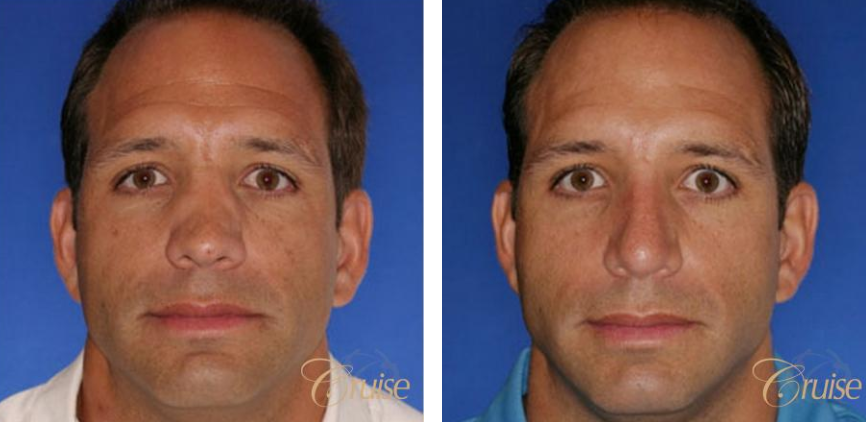
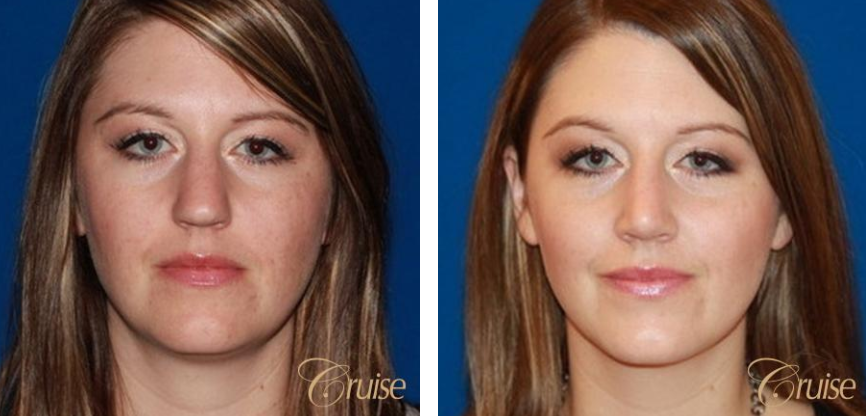


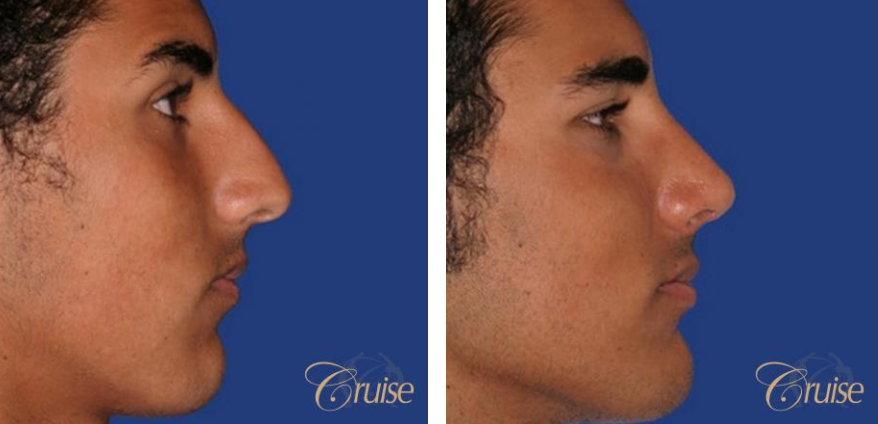

Look Years Younger
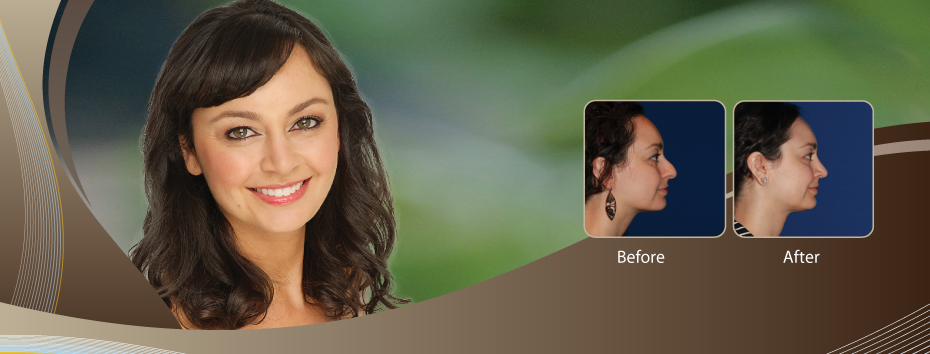
Joseph T Cruise, MD is a master at the art of plastic surgery. The results of my rhinoplasty procedure exceeded my expectations. I appreciate that I was able to tell Joseph T Cruise, MD what I wanted and he explained in detail the steps he would take to achieve a natural look. I love that I still look like me, just more refined. The staff was very friendly and spoke from experience in answering my questions and easing any concerns I had. They made me feel well prepared in knowing what to expect pre and post-surgery. His office and the surgery center are in close proximity and both are easy to locate. Overall my experience was positive and quality natural looking results were achieved. I am so glad I chose Joseph T Cruise, MD! Thank you for your passion and dedication to your patients and their results!
Ali, Rhinoplasty Surgery

I had my surgery six weeks ago and I feel great, I look great and am very happy with the results!My recovery was much easier than I imagined. I could see the results immediately.I have wanted this procedure for so long and after the bandages and the splint were removed I couldn’t believe how good it looked even a week after the procedure. I didn’t even think how much time I spent before surgery just thinking about my nose until I had it changed. It changed the way I walk into a room, I go grocery shopping. It is just amazing. Joseph T Cruise, MD has been so patient, informative and just so supportive. Thank you everyone!”
Brook, 29, Rhinoplasty, Chin Augmentation

With 4 months to go until my wedding, I decided it was time to do something I had been thinking about for years: rhinoplasty. I chose Joseph T Cruise, MD after extensive research and through referrals of a few friends. The first time I visited Joseph T Cruise, MD’s office I immediately felt assured and confident in my decision. I could not have picked a better surgeon! Not only was Joseph T Cruise, MD friendly and knowledgeable but his staff is super helpful, and flexible. They also got me into surgery within a week!
My surgery was flawless, Joseph T Cruise, MD is a true artist. I healed perfectly and I could not have asked for better results. My wedding photos came out great and now I am more confident than ever. You will never have a doubt in your mind if you choose Joseph T Cruise, MD. I would highly recommend him, he is the best!
Thank you Joseph T Cruise, MD for giving me the best Wedding gift! ????
Vanessa, Nose Surgery

